Topic / Climate Implications / In-depth
RethinkX Emissions Scenarios
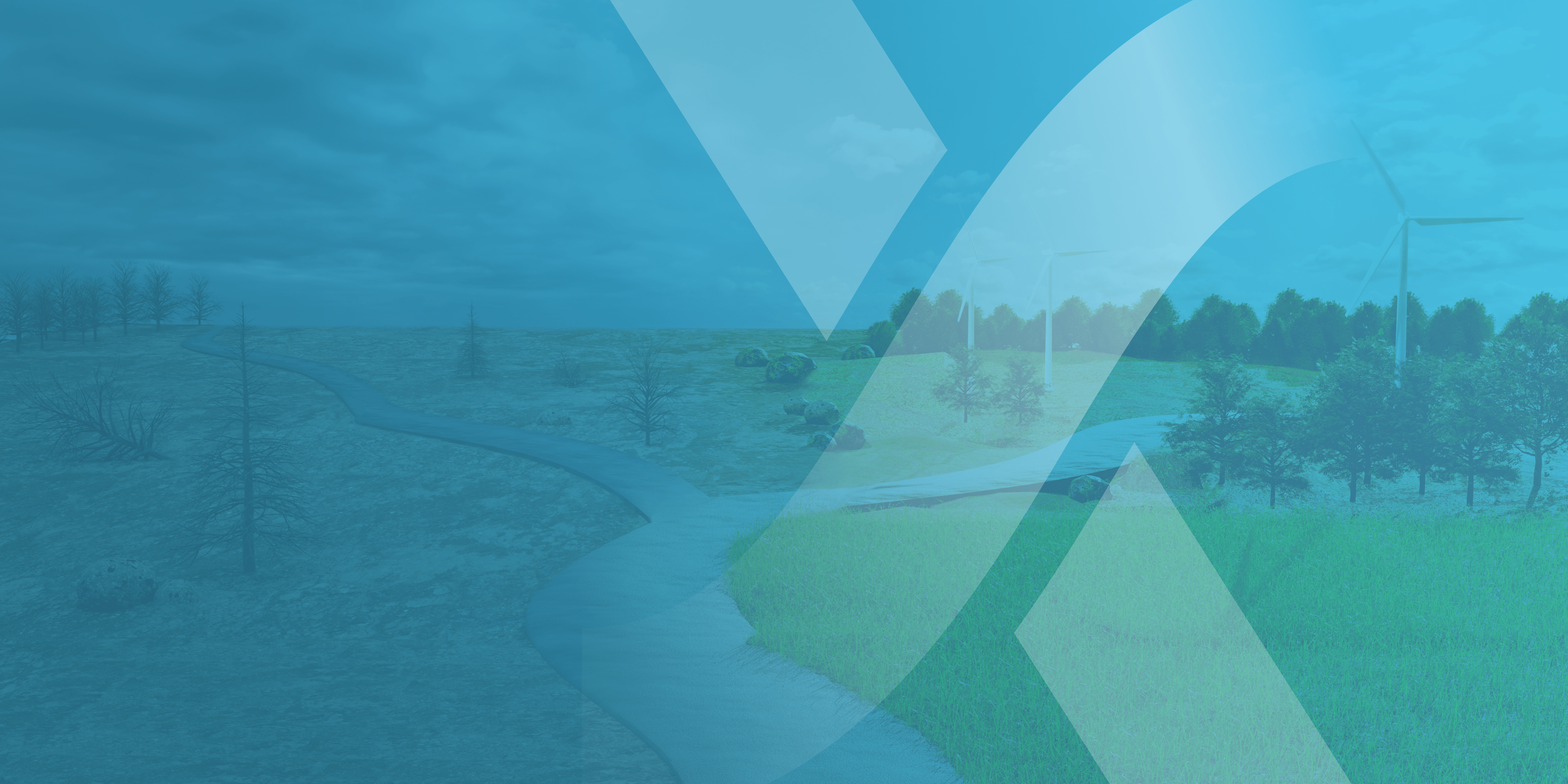
Inevitable disruptions across our energy, transportation, and food and agriculture sectors will have profoundly positive climate impacts
-min.png?%20Text%20570x770%20(2)-min.png&width=770&name=Website%20imagery%20-%20Large%20-%20Image%20%26%20Text%20570x770%20(2)-min.png?%20Text%20570x770%20(2)-min.png)
The exact timeline of these disruptions—and our exposure to climate change risks—depends on our societal choices

It is possible to accelerate or delay emissions mitigation with good or bad choices

RethinkX Emissions Scenarios
In our Rethinking Climate Change report, we present three scenarios to show three possible emissions pathways. Which path we take will be determined by the choices we make.
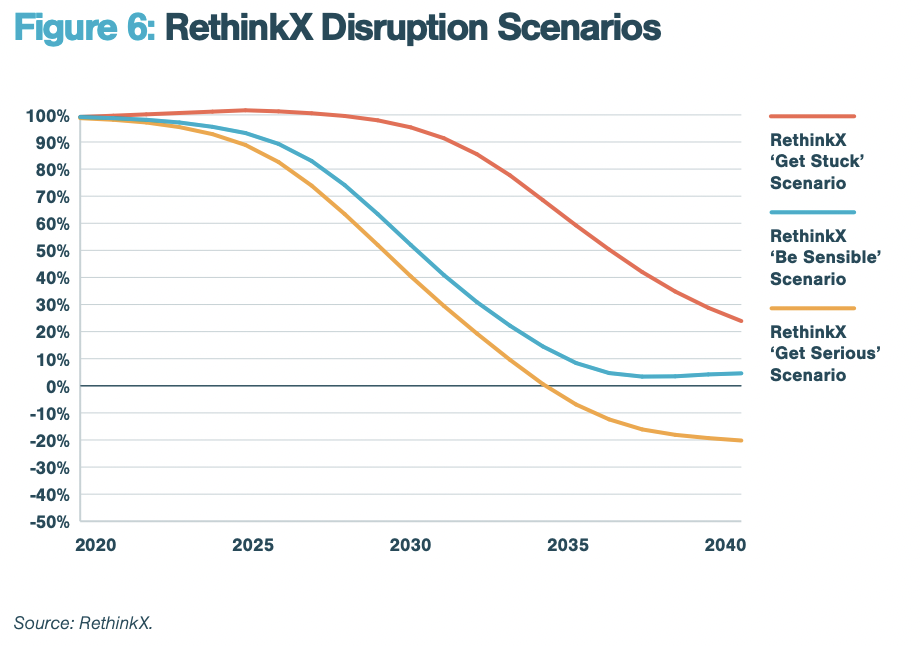
Be Sensible
We choose to embrace and remove barriers to disruption, reducing net global emissions by over 90% by 2035.
Get Serious
We choose to accelerate disruption to decline global emissions 100% before 2035.
Get Stuck
We resist disruption, an effort that is ultimately futile, meaning emissions continue to rise until 2026, putting humanity in the climate danger zone.
Be Sensible - The Core Disruption Scenario
In this scenario, societies choose to embrace rather than resist the disruption of the energy, transportation and food sectors over the course of the 2020s.
This means responding rationally to economic incentives and removing barriers to the deployment and scaling of SWB, A-EVs and TaaS, and PFCA technologies.
This requires important societal choices, particularly by governments who can remove barriers to these disruptions. These choices can include streamlining market design, ensuring individuals have the rights to produce energy, transportation and food, and shutting down subsidies and public investments into industries that will be doomed by the disruptions.
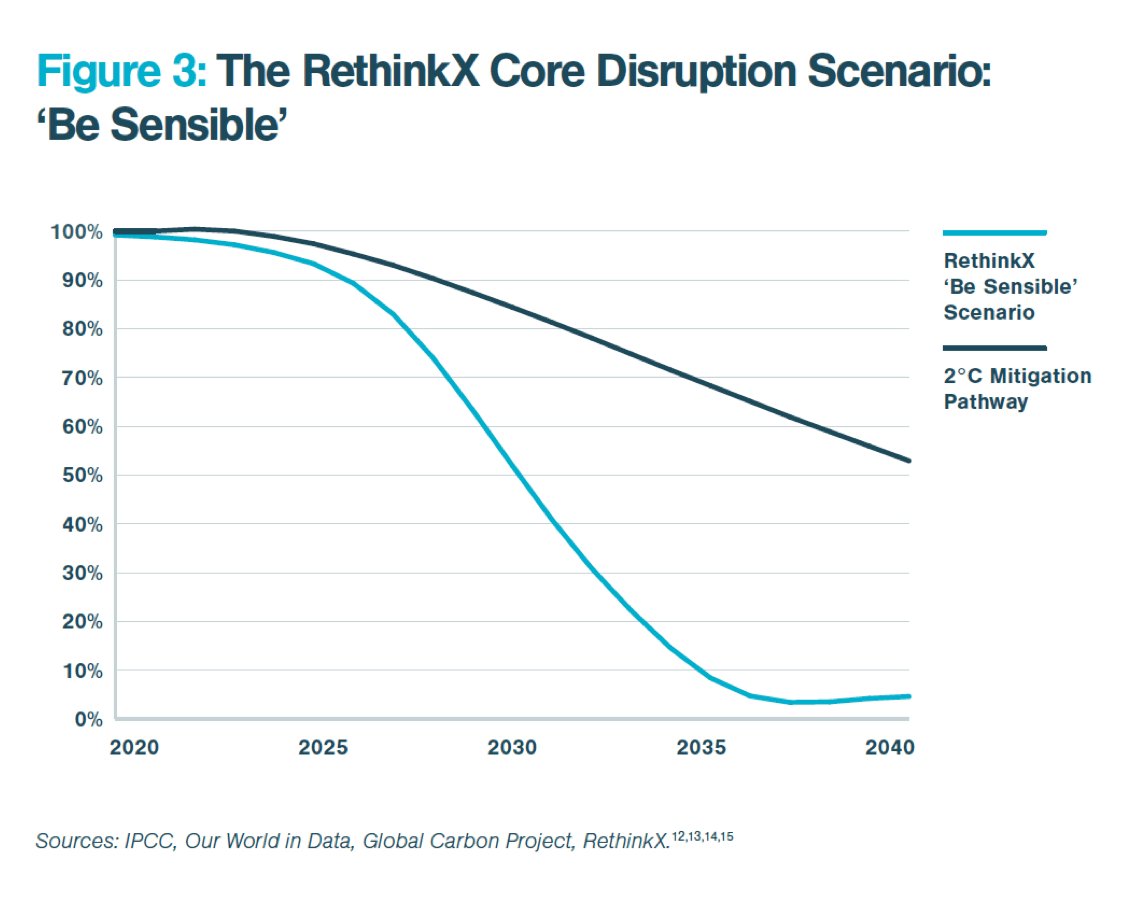
Key features of this scenario:
90% Emissions reduction by 2035
Net global emissions decline over 90% by 2035 as a result of the three disruptions, plus offsets from passive reforestation.
Combined sector disruptions of 80% by 2040
The disruption of energy, transportation and food directly mitigates 40% of global emissions by 2030, over 70% by 2035 and over 80% by 2040.
2.7 billion hectares of land freed up offsets 20% of emissions by 2035
The 2.7 billion hectares of land freed from animal agriculture by the food disruption offsets almost 10% of global emissions annually by 2030, and 20% by 2035 and thereafter through the natural (and costless) recovery process of passive reforestation.
No reliance on active reforestation or carbon withdrawal
There is no reliance on non-market emissions offsets (i.e. either active reforestation or technology-based carbon withdrawal) that would require government support.
Emissions remain below the median 2°C pathway
Emissions remain below the median 2°C pathway throughout the entire time period, meaning that no carbon withdrawal is required to recoup carbon budget lost to overshoot.
Get Serious - The Accelerated Disruption Scenario
In this scenario, societies choose to get serious and proactively accelerate the disruption of the energy, transportation and food sectors over the course of the 2020s.
The choices made around deploying and scaling these technologies are similar to those in the Be Sensible scenario. However, this is a more aggressive implementation, with the timeline brought forward by one year.
Societies also choose to invest in actively reforesting the land freed up as a result of the disruption of animal agriculture
by modern food technologies (with the remaining 80% of freed land undergoing passive reforestation due to natural recovery), Additionally, societies can choose to invest in other carbon withdrawal technologies such as ocean alkalinity enhancement (OAE) and direct air carbon capture and storage (DACCS).
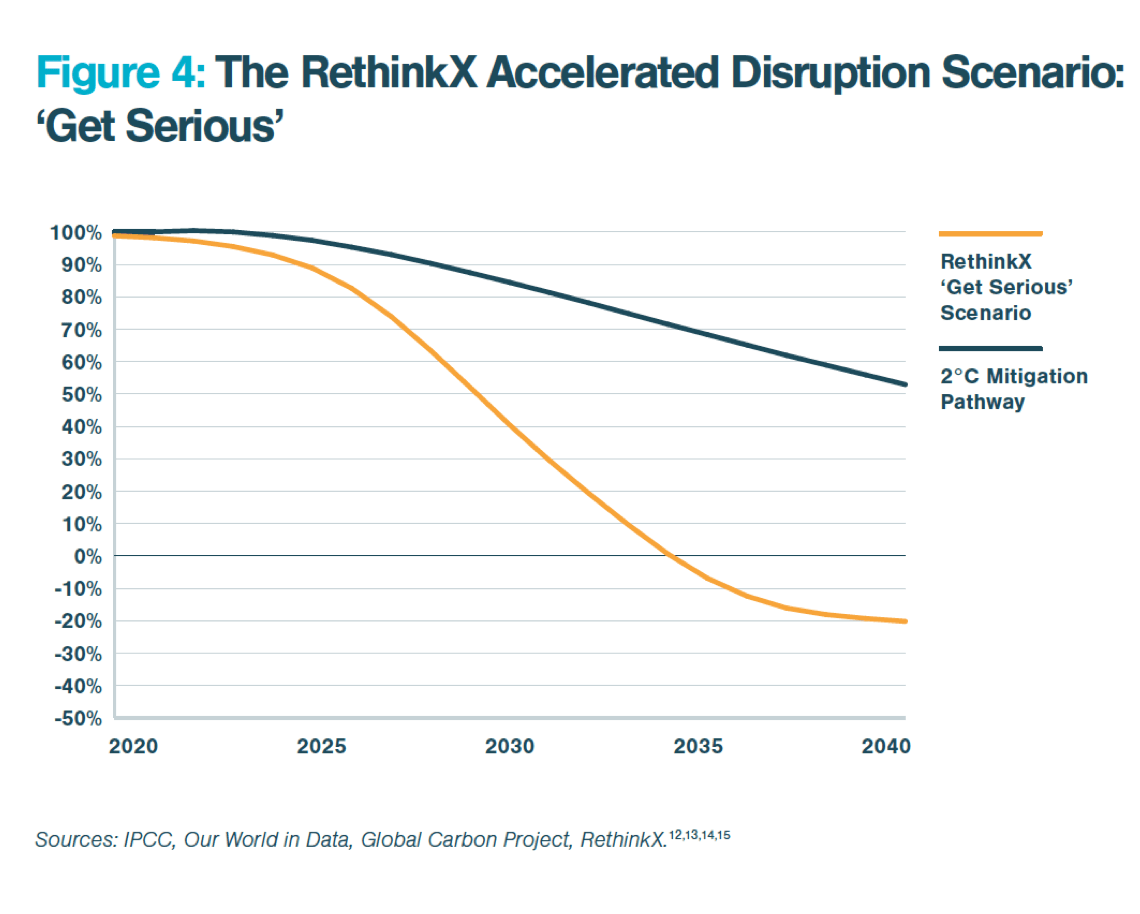
Key features of this scenario:
100% Emissions reduction before 2035
Global emissions decline over 60% by 2030, and 100% before 2035.
Emissions are -20% after 2040
After 2040, global emissions are -20%, or 10 gigatons CO2e net carbon drawdown per year from the combination of disruption, reforestation and technology-based carbon withdrawal.
Both market forces and public investment are used to drive emissions down
Global emissions mitigation is a result of the disruption of energy, transportation and food, combined with offsets from active reforestation and technology-based carbon withdrawal.
Active and passive reforestation offset 20% emissions from 2035 onwards
Active reforestation is undertaken on 20% of the land freed up by the food disruption, while the remaining 80% undergoes passive reforestation.
- Active reforestation costs vary by biome, ranging from $500 per hectare to $2500 per hectare, with the cost per ton of CO2e withdrawn averaging just over $10 on a 25-year time frame.
- Active reforestation costs $21 billion per year globally on a 25-year time frame ($517 billion total).
Technology-based carbon withdrawal offsets 20% of 2020 emissions
Technology-based carbon withdrawal ramps up on an S-curve to eventually reach an annual withdrawal rate equivalent to 20% of 2020 emissions, or 10 gigatons CO2e per year, from 2040 onward.
- The cost of technology-based carbon withdrawal starts at $100 per ton CO2e but declines to $10 by 2040 on an S-curve, driven by disruption and scaling.
- The total cost for technology-based carbon withdrawal on a 25-year timeframe is $1.1 trillion, or an average of $44 billion per year.
Get Stuck - The Delayed Disruption Scenario
In this scenario, societies actively resist adopting technologies by attempting to protect fossil fuel firms, utility monopolies, legacy automotive manufacturers, and the livestock and fishing industries from disruption.
This effort is ultimately futile, but it does delay the disruption of the energy, transportation and food sectors by five years.
While the three disruptions will still wipe out incumbent industries based on older technologies and reduce emissions accordingly, this scenario illustrates how delays resulting from poor societal choices would cause us to temporarily exceed the median 2°C pathway, exposing the planet to serious climate change risk.
Importantly, this scenario does not correspond to business-as-usual or any other conventional scenario. Instead, it shows that conventional projections which assume the continued existence of carbon-intensive industries and energy, transportation, and food industries out to 2100 are not plausible because they fail to recognize the inevitability of disruption.
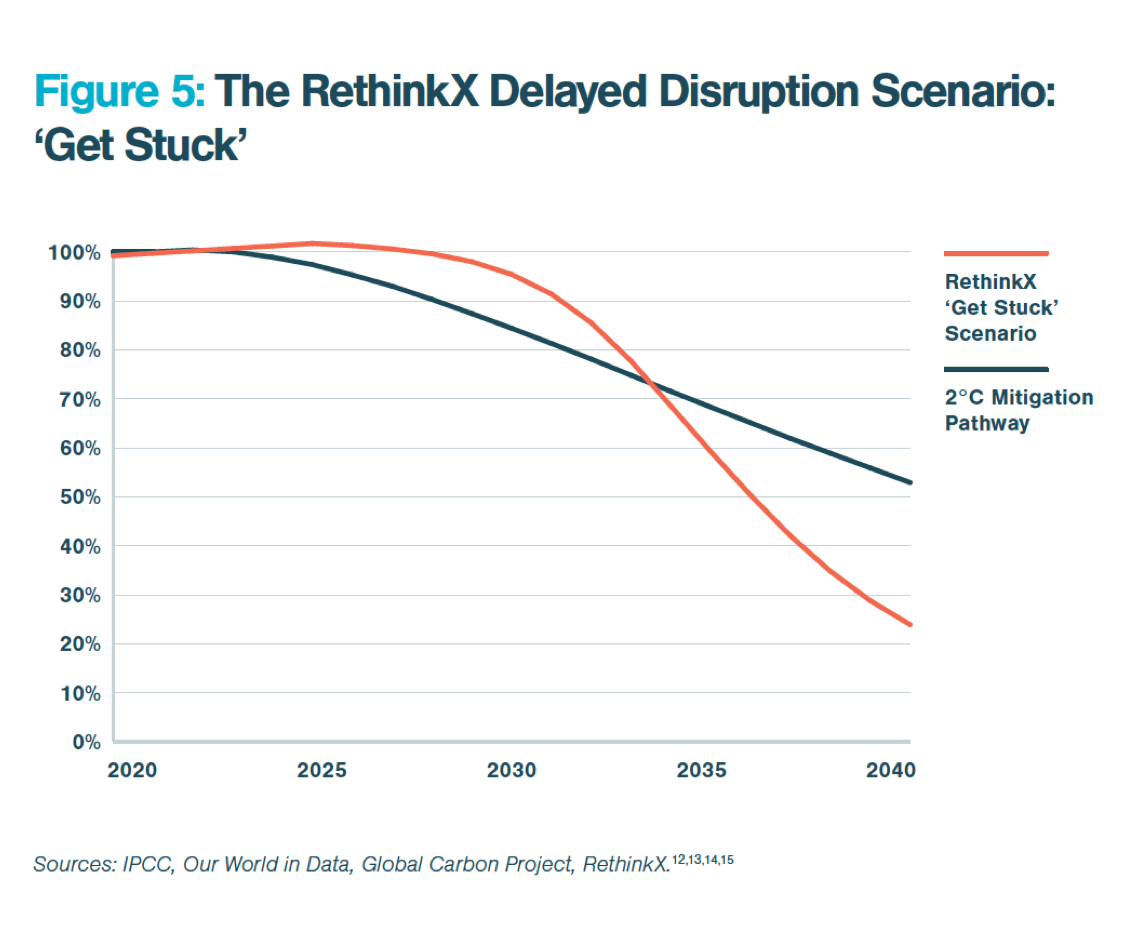
Key features of this scenario:
Emissions rise until 2026, placing humanity in the climate danger zone
Emissions continue to rise until 2026, and are still at 95% of 2020 levels in 2030, meaning that they temporarily exceed the median 2°C pathway during the 2020s, placing humanity within the climate danger zone.
Emissions reductions are not enough to avoid serious climate risks
Emissions decline 40% by 2035 and 75% by 2040 as incumbent industries collapse, but this may not be sufficient to avoid serious climate change risks.
Emissions exceed the median 2°C pathway until the mid-2030s
This means that net negative emissions achieved through carbon withdrawal will be required to recoup carbon budget lost to overshoot.

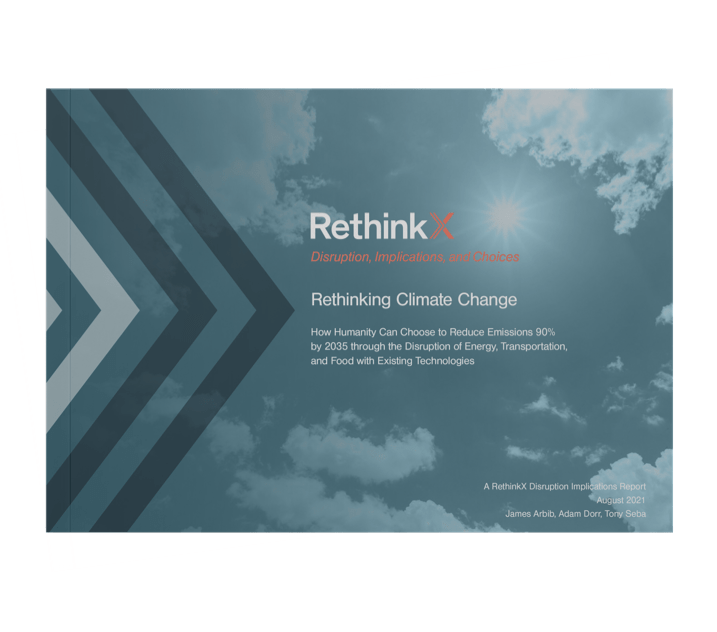





















-min-2.png?width=732&name=Copy%20of%20Website%20imagery%20-%20Featured%20Image%201200x628%20(1)-min-2.png)




